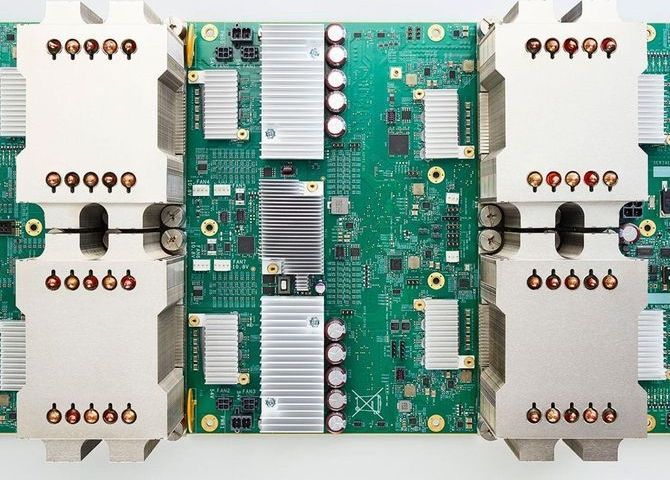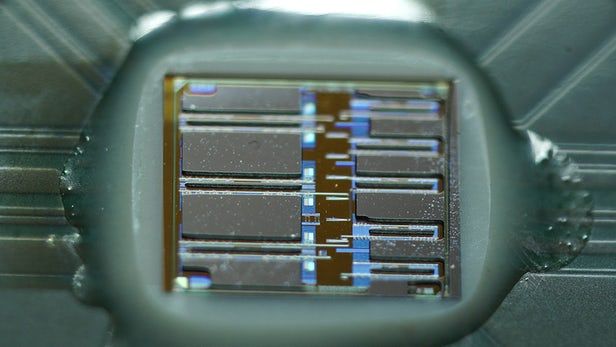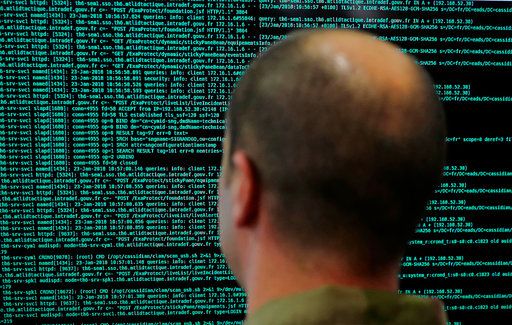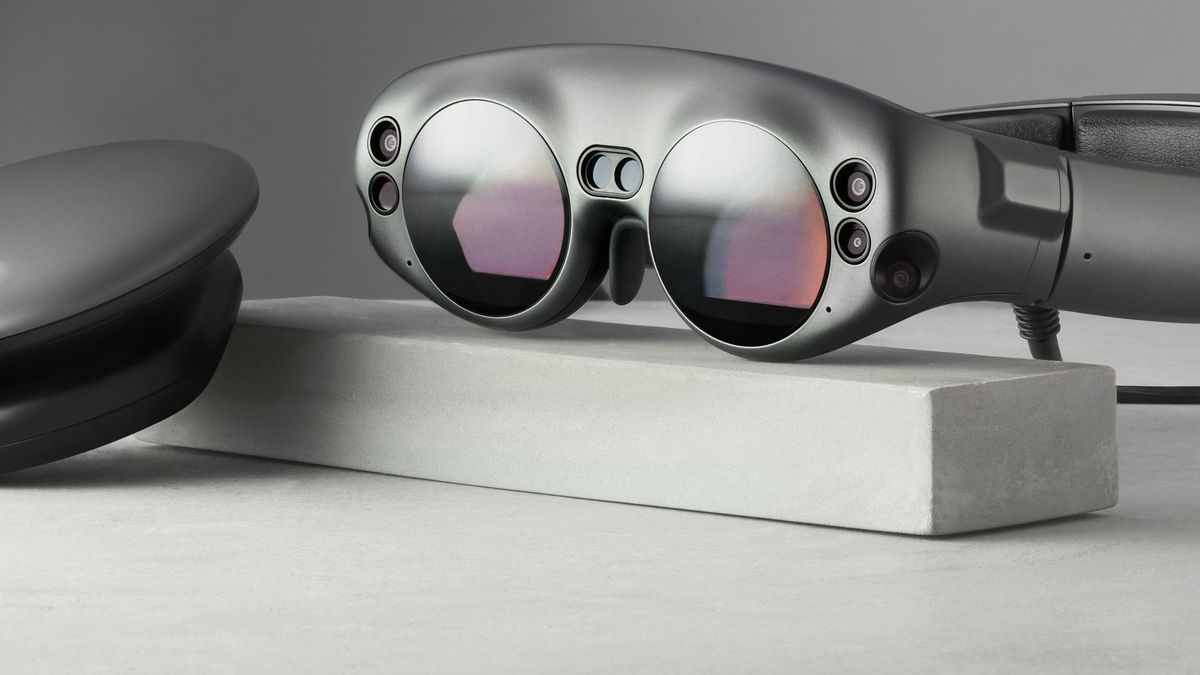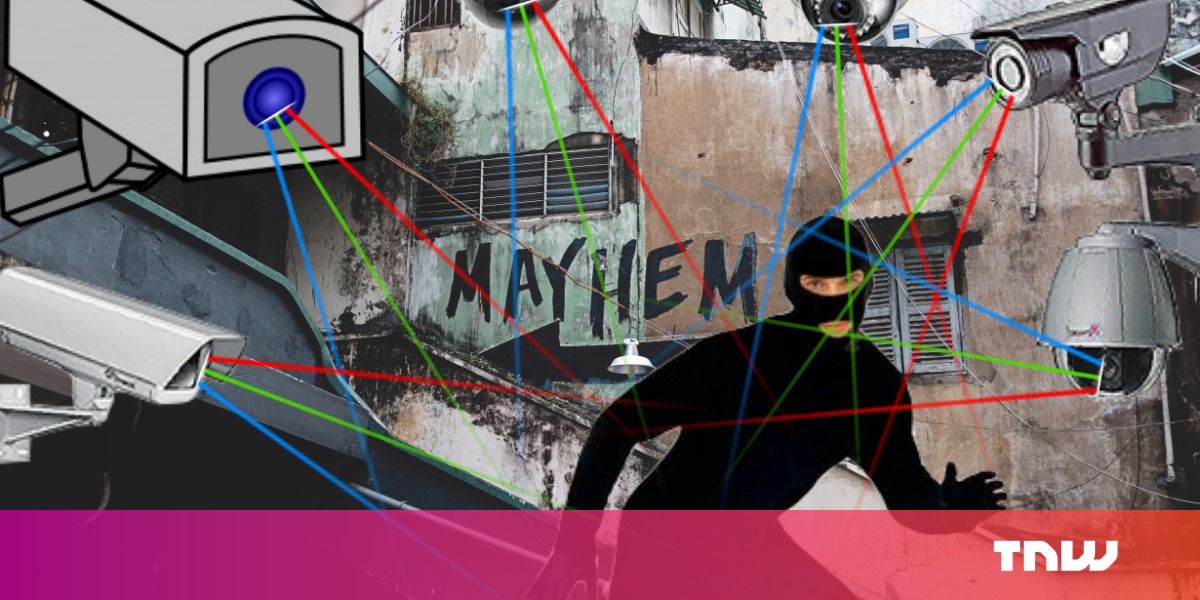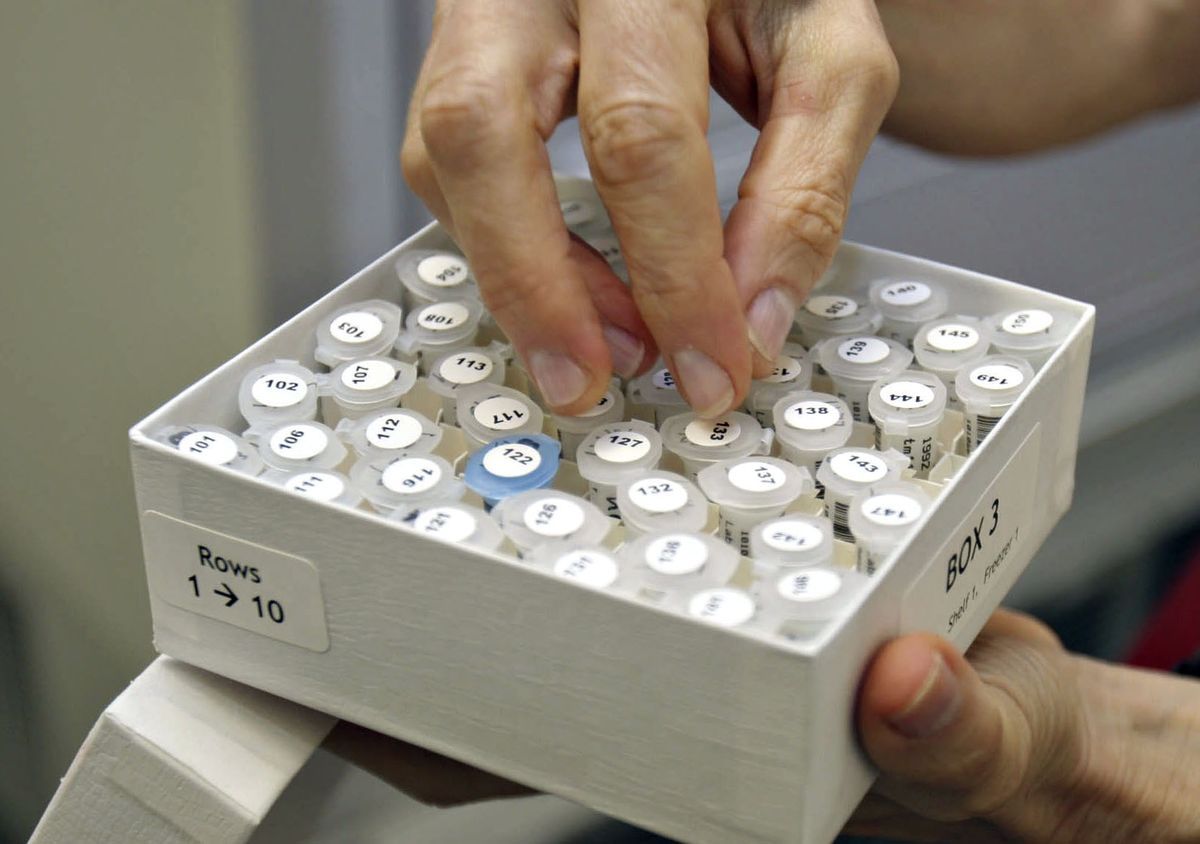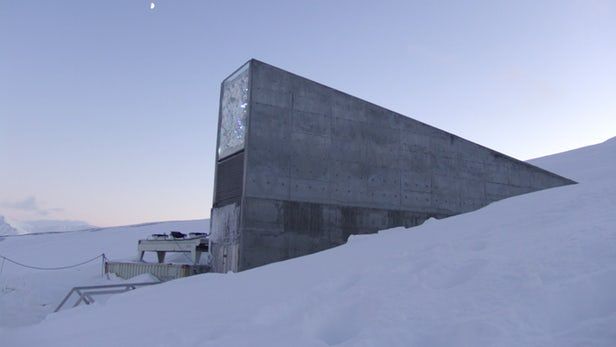Archive for the ‘security’ category: Page 107
Apr 9, 2018
Fast, efficient optoelectronic chips to hit market next year
Posted by Klaus Baldauf in categories: computing, security, transportation
MIT spin off company Ayar Labs is combining light and electronics to create faster, more efficient computers. The new optoelectronic chips are designed to speed up data transmission to and from conventional processor chips in a way that will also reduce energy consumption in chip-to-chip communications by 95 percent and could cut overall energy usages by large data firms by up to 50 percent.
Since the invention of the silicon chip 60 years ago, the power of computers has doubled every two years, but the speed at which computer systems work hasn’t shown quite such dramatic progress. The problem is one of data transmission and the bottlenecks that any technology runs into, slowing down the whole to the speed of its most sluggish part.
Think of a computer as like an air passenger system. If you concentrate on the aircraft, airport runway architecture, supply logistics, and air traffic control, it’s easy to speed up travel between, for example, New York and Washington DC to under one hour. That sounds fantastic, but if it takes you two hours to get through security at one hand and another two hours to collect your baggage at the other, then it’s faster to drive.
Apr 4, 2018
France puts 78,000 security threats on vast police database
Posted by Genevieve Klien in category: security
Mar 29, 2018
Magic Leap Ships First Set of Devices Under Tight Security Constraints
Posted by Genevieve Klien in category: security
Mar 26, 2018
This blockchain-based surveillance startup detects crime in real-time
Posted by Genevieve Klien in categories: bitcoin, computing, neuroscience, security, surveillance
A security company wants to modernize the “backward-looking” and “inherently inefficient” video surveillance industry by offering a blockchain-based system which allows users to react to threats in real time.
Faceter’s decentralized surveillance technology – which it claims is a world first for consumers – “gives brains to cameras” by enabling them to instantly detect faces, objects and analyze video feeds. Although some B2B providers do offer similar features, the company claims they are currently too expensive for smaller firms and the public at large because of the “substantial computing resources” such technology needs.
According to Faceter’s white paper, Blockchain has the potential to make this solution affordable for everyone – as computing power for recognition calculations would be generated by a network of miners.
Continue reading “This blockchain-based surveillance startup detects crime in real-time” »
Mar 23, 2018
Researchers find a new material for quantum computing
Posted by Genevieve Klien in categories: computing, engineering, quantum physics, security
Rumors of commercial quantum computing systems have been coming hot and heavy these past few years but there are still a number of issues to work out in the technology. For example, researchers at the Moscow Institute Of Physics And Technology have begun using silicon carbine to create a system to release single photons in ambient i.e. room temperature conditions. To maintain security quantum computers need to output quantum bits – essentially single photons. This currently requires a supercooled material that proves to be unworkable in the real world. From the release:
Photons — the quanta of light — are the best carriers for quantum bits. It is important to emphasize that only single photons can be used, otherwise an eavesdropper might intercept one of the transmitted photons and thus get a copy of the message. The principle of single-photon generation is quite simple: An excited quantum system can relax into the ground state by emitting exactly one photon. From an engineering standpoint, one needs a real-world physical system that reliably generates single photons under ambient conditions. However, such a system is not easy to find. For example, quantum dots could be a good option, but they only work well when cooled below −200 degrees Celsius, while the newly emerged two-dimensional materials, such as graphene, are simply unable to generate single-photons at a high repetition rate under electrical excitation.
Researchers used silicon carbide in early LEDs and has been used to create electroluminescent electronics in the past. This new system will allow manufacturers to place silicon carbide emitters right on the quantum computer chips, a massive improvement over the complex systems used today.
Continue reading “Researchers find a new material for quantum computing” »
Mar 20, 2018
‘Your Genome Isn’t Really Secret,’ Says Google Ventures’s Bill Maris
Posted by Shailesh Prasad in categories: biotech/medical, security
The venture capitalist wants to extend human life expectancy, and he says fears over privacy and the security of DNA data shouldn’t stand in the way.
Feb 28, 2018
A National Machine Intelligence Strategy for the United States
Posted by Dan Kummer in categories: business, economics, policy, robotics/AI, security, transportation
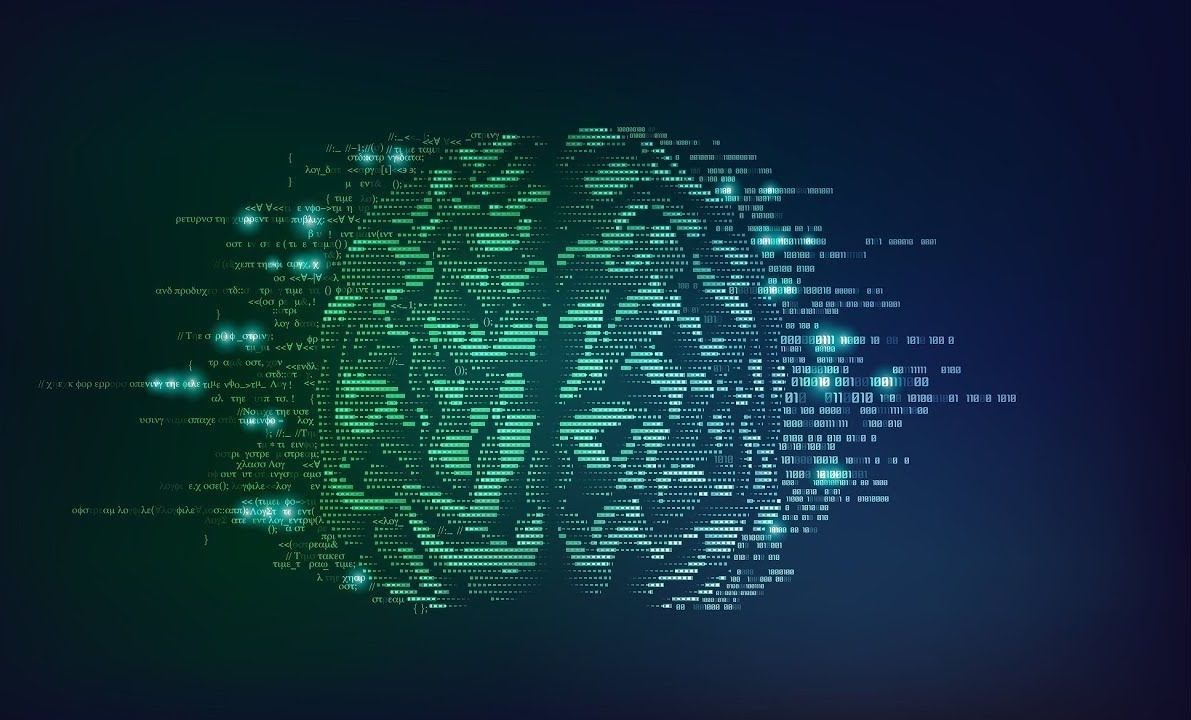
This event will be webcast live from this page.
The Technology Policy Program invites you to the launch of our upcoming report, A National Machine Intelligence Strategy for the United States.
Continue reading “A National Machine Intelligence Strategy for the United States” »
Feb 27, 2018
Norway’s Global Seed Vault set for multimillion-dollar fortification
Posted by Derick Lee in categories: business, existential risks, food, security
It has proposed spending a total of US$12.7 million on technical upgrades to the vault to better protect the more than 930,000 seed varieties inside. It has completed a feasibility study and plans to move ahead with the construction of a new concrete access tunnel and a new service building for the emergency power, refrigeration units and electrical equipment.
Global food security is serious business, and when you have water seeping into a doomsday facility built to shore up food supplies for the future, well, that’s hardly ideal. But such breaches should be a thing of the past, with Norwegian authorities overseeing the Svalbard Global Seed Vault planning a multi-million dollar overhaul of the structure.
Feb 25, 2018
Could Elon Musk Lose the Satellite Market — and Win the Solar System?
Posted by Genevieve Klien in categories: Elon Musk, satellites, security
When SpaceX launched the world’s biggest rocket ship on Feb. 6, that kind of seemed like a big deal — but not everyone is impressed.
Previewing the SpaceX Falcon Heavy launch, The Wall Street Journal seemed perplexed. Yes, the Falcon Heavy is big, admitted the Journal. But as a “heavy-lift booster,” it said, it is a product designed to serve a market that’s suffering “significantly eroded commercial demand” and “uncertain commercial prospects.”
The problem, as the Journal (correctly) pointed out, is that thanks to advances in rocketry, electronics, and materials technology, “both national security and corporate satellites continue to get smaller and lighter” (and cheaper).
Continue reading “Could Elon Musk Lose the Satellite Market -- and Win the Solar System?” »
